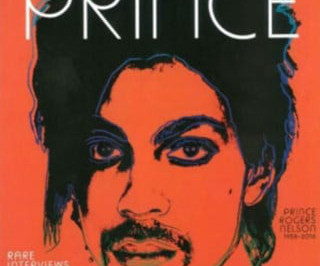Prince, Prince, Prints: Will the Supreme Court Revisit Fair Use?
LexBlog IP
FEBRUARY 28, 2022
A few years later, in 1984, Goldsmith’s agency, which had retained the rights to those images, licensed one of them to Vanity Fair for use in an article called “Purple Fame.” In 1981, Goldsmith, who was then a portrait photographer for Newsweek , took a series of photographs of the then-up-and-coming musician Prince. He did just that.











Let's personalize your content